Baking Soda & Natural Treatments for Powdery Mildew
Tackle powdery mildew naturally! Learn how to use baking soda, garlic, milk, and compost tea to prevent and control this common garden fungus.
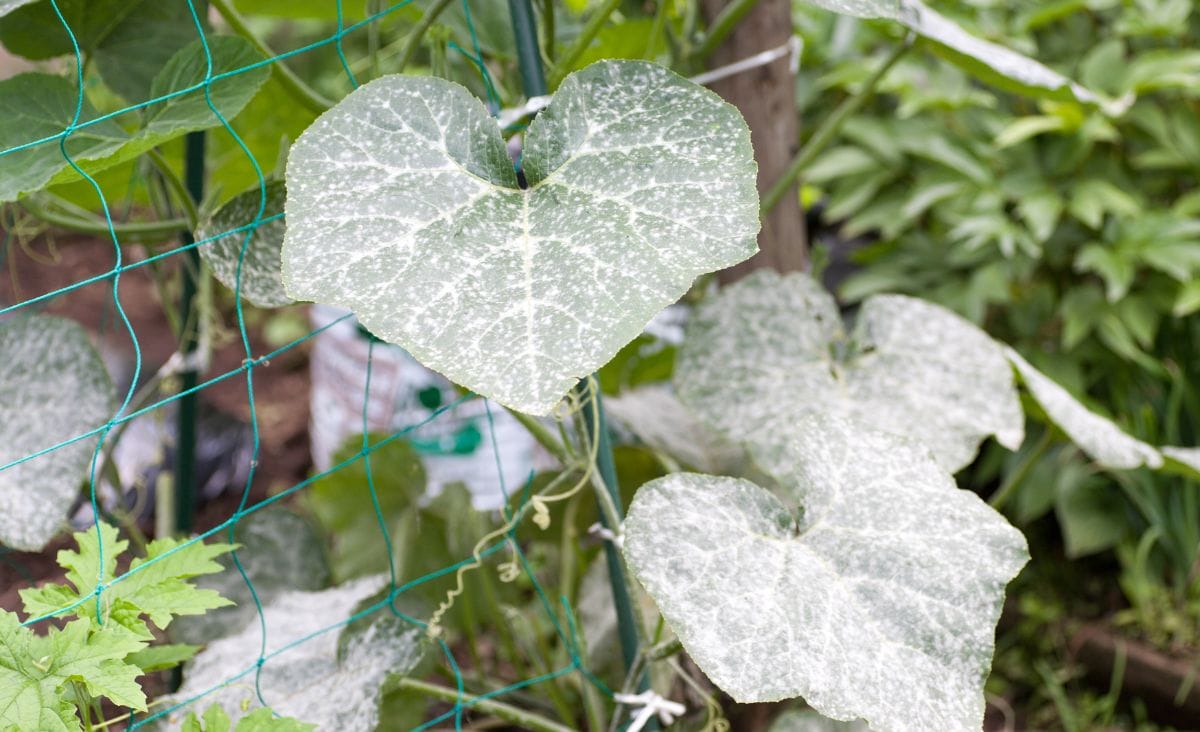
If you’ve ever walked into your garden and noticed white, powdery spots creeping across your plant’s leaves, you’re not alone. Powdery mildew is one of the most common garden fungal diseases, and once it takes hold, it can spread like wildfire. But before you reach for chemical sprays, let’s talk about natural ways to combat powdery mildew—including an easy baking soda spray that many gardeners swear by.
Powdery mildew thrives in warm, humid conditions, making it a frustrating problem for gardeners across the country. If left untreated, it weakens plants, reduces yields, and can even return year after year. Luckily, there are several effective, natural solutions, including baking soda for powdery mildew, compost tea, garlic, and even milk. This guide will walk you through these remedies so you can protect your plants without resorting to harsh chemicals.
What is Powdery Mildew?
Powdery mildew is a fungal disease that appears as white, powdery spots on plant leaves, stems, and even fruit. It thrives in warm, humid conditions and spreads quickly, especially in crowded gardens with poor airflow. Unlike other fungal diseases that need moisture to grow, powdery mildew can develop even in dry conditions, making it a persistent problem for gardeners. If left untreated, it weakens plants, reduces yields, and can overwinter in soil or plant debris, returning year after year.
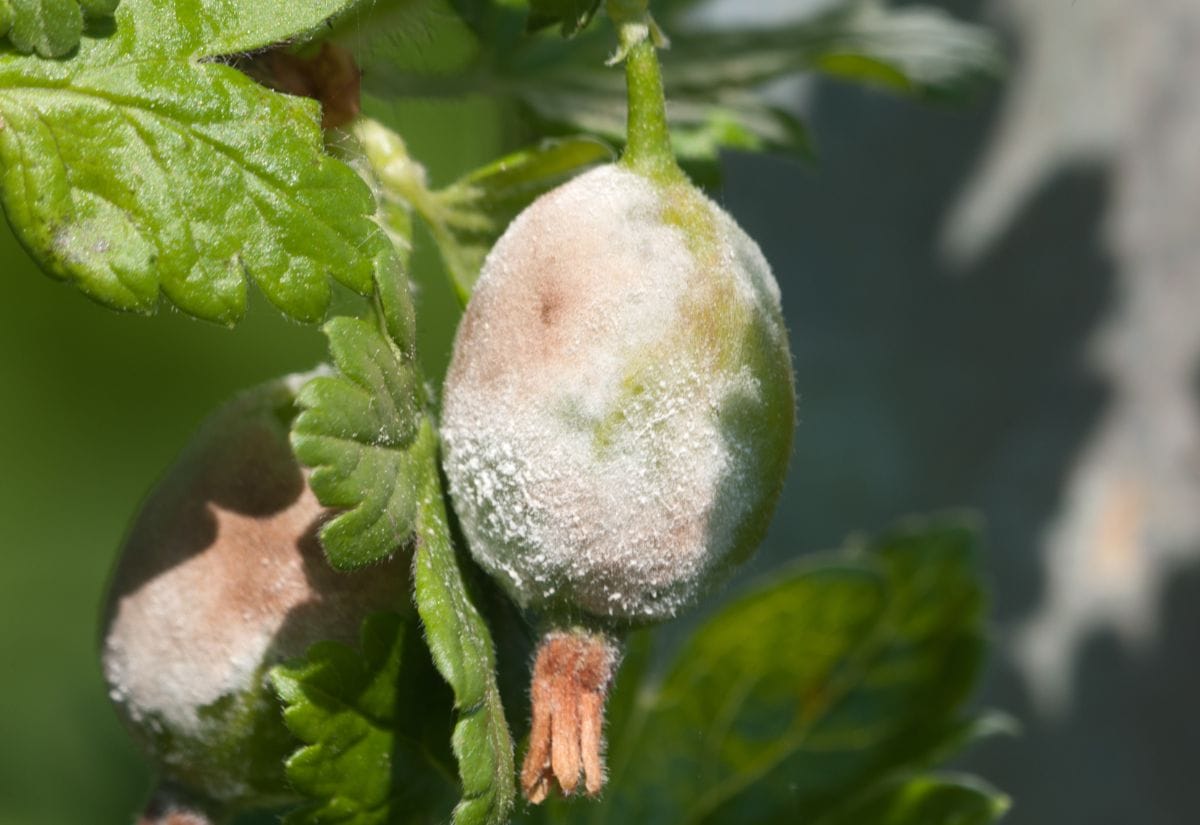
Plants That are Most Susceptible
While powdery mildew can infect a wide range of plants, some are more vulnerable than others—especially those with broad, tender leaves or those grown in humid, crowded conditions. Fruits and vegetables like cucumbers, squash, pumpkins, melons, tomatoes, and peppers are frequent targets, as are herbs such as basil and rosemary.
Many ornamentals, including roses, zinnias, phlox, and lilacs, are also prone to infection.
If you grow fruit trees like apples and grapes, powdery mildew can be a recurring problem, impacting both growth and yield. Keeping these plants well-spaced, properly pruned, and treated preventatively can help keep mildew at bay.
Natural Treatments for Powdery Mildew
When powdery mildew shows up in the garden, acting quickly can help keep it from spreading. Below are several natural, effective treatments you can use to prevent and control powdery mildew without resorting to harsh chemicals.
Baking Soda Spray for Powdery Mildew
Baking soda is one of the most well-known DIY remedies for powdery mildew, but it works best as a preventative rather than a cure. The high pH of baking soda creates an environment where fungal spores struggle to survive.
How to Make Baking Soda Spray
Mix the following ingredients:
- 1 tablespoon baking soda
- ½ teaspoon liquid soap (I use a mild, biodegradable soap)
- 1 gallon of water
Application Tips
- Spray the solution once a week on susceptible plants like squash, cucumbers, melons, and pumpkins.
- Apply early in the morning or late in the evening to avoid burning leaves in direct sunlight.
- Discard any leftover solution—baking soda can break down over time and become ineffective.
I’ve used baking soda spray as a preventative for years, and when I remember to apply it regularly, my vining plants stay mildew-free much longer. If you already have a severe infection, baking soda won’t reverse the damage, but it can slow the spread.
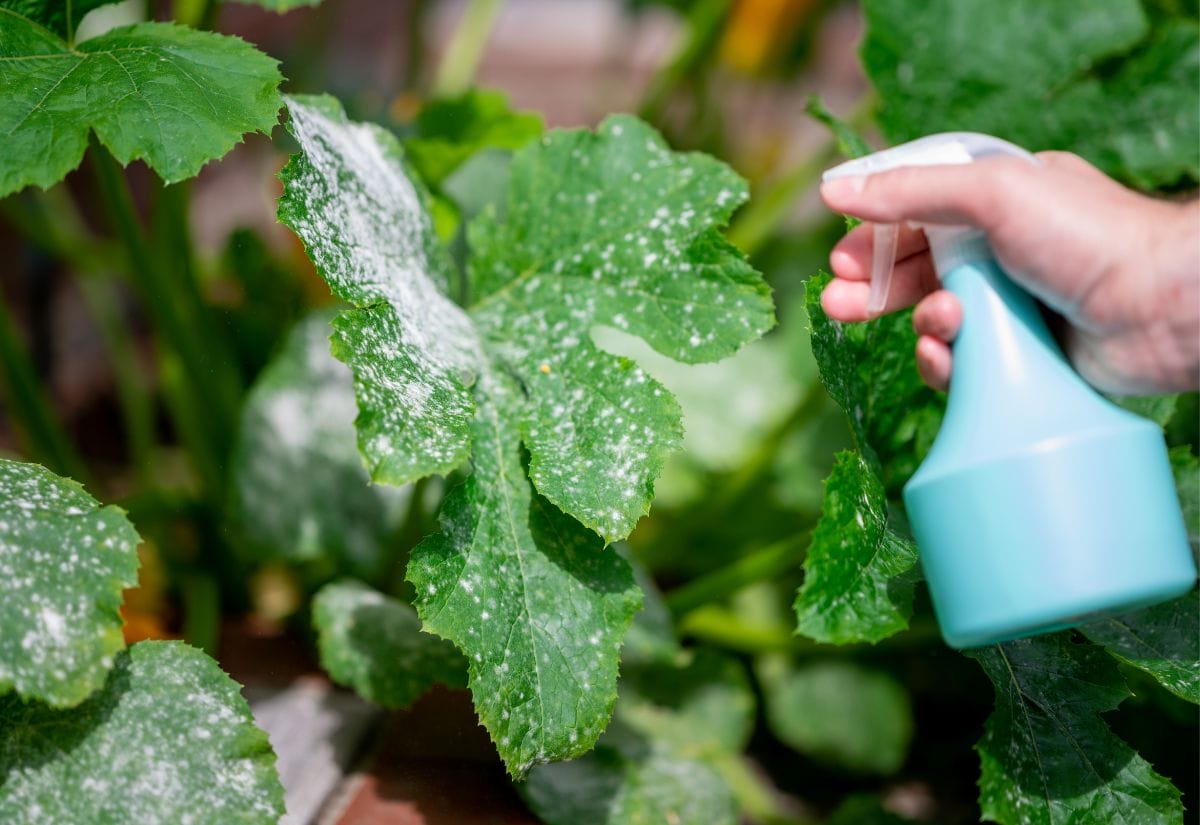
Compost Tea for Powdery Mildew
Compost tea is a natural, nutrient-rich liquid made by steeping compost in water. Some gardeners believe it helps fight powdery mildew by introducing beneficial microbes that outcompete fungal spores.
How to Make Compost Tea
- Fill a bucket with water and add a mesh bag filled with well-aged compost.
- Let it steep for 24–48 hours, stirring occasionally.
- Strain and use the liquid as a foliar spray on plants.
Effectiveness
I’ll be honest—compost tea works wonders for overall plant health, but its direct effect on powdery mildew is debatable. Since every batch of compost is unique, the microbial content varies. However, I still use compost tea regularly because it strengthens plants and improves their natural defenses.
Garlic Spray for Powdery Mildew
Garlic contains natural sulfur compounds, which are often used in commercial antifungal treatments. Instead of buying a sulfur-based fungicide, you can make your own using garlic bulbs.
How to Make Garlic Spray
- Crush two whole bulbs (not just cloves) of garlic in 2 cups of hot water.
- Let it steep until cool, then strain through cheesecloth.
- Stir in 1 tablespoon liquid soap to help the solution stick to leaves.
- Mix ¼ cup of garlic concentrate per gallon of water before spraying.
Storage
Refrigerate the concentrated garlic solution, or freeze it for use next season.
Application Tips
- Best for small mildew outbreaks when paired with leaf removal.
- Spray in the evening or early morning to prevent leaf burn.
- Avoid applying before rain, as it will wash away.
I prefer this method for minor mildew issues, especially on herbs and leafy greens, since I don’t want to introduce baking soda to edible plants I harvest frequently. Plus, the strong smell helps deter pests!
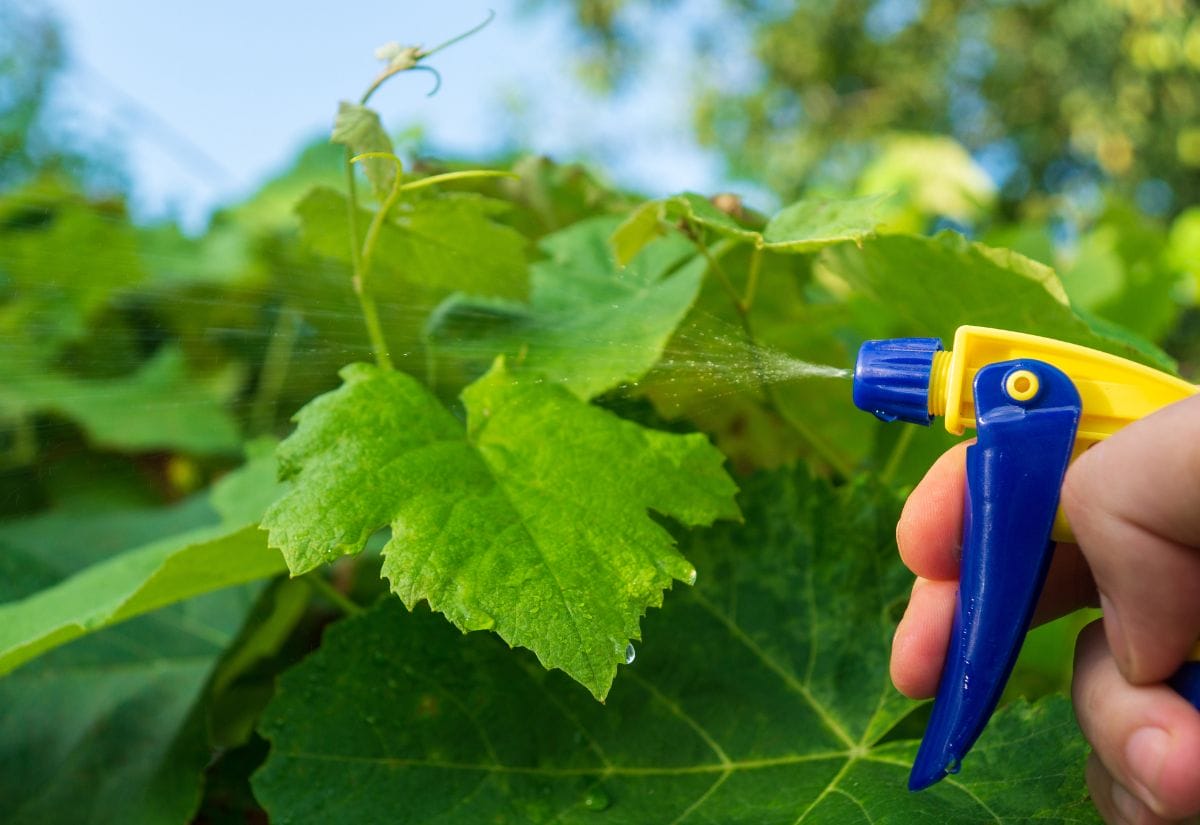
Milk Spray for Powdery Mildew
Milk is one of the most effective natural treatments for powdery mildew, and studies suggest that the proteins in milk act as a mild fungicide when exposed to sunlight.
How to Make Milk Spray
- Mix one part milk (raw or store-bought) with 2–3 parts water.
- Spray directly onto plant leaves every 10–14 days.
Scientists still debate the exact mechanism, but the combination of proteins and natural enzymes in milk seems to suppress fungal growth. Some gardeners even report that raw milk works better than pasteurized.
Application Tips
- Spray in the morning for best results (the sunlight seems to “activate” it).
- Remove heavily infected leaves before applying.
- Works especially well on squash, cucumbers, and tomatoes.
Additional Powdery Mildew Prevention & Treatment Tips
- Increase airflow by pruning plants and spacing them properly.
- Water at the base, not on the leaves, to reduce moisture buildup.
- Choose resistant varieties when possible.
- Rotate crops each year to prevent recurring infections.
- Avoid overhead watering, especially in the evening.
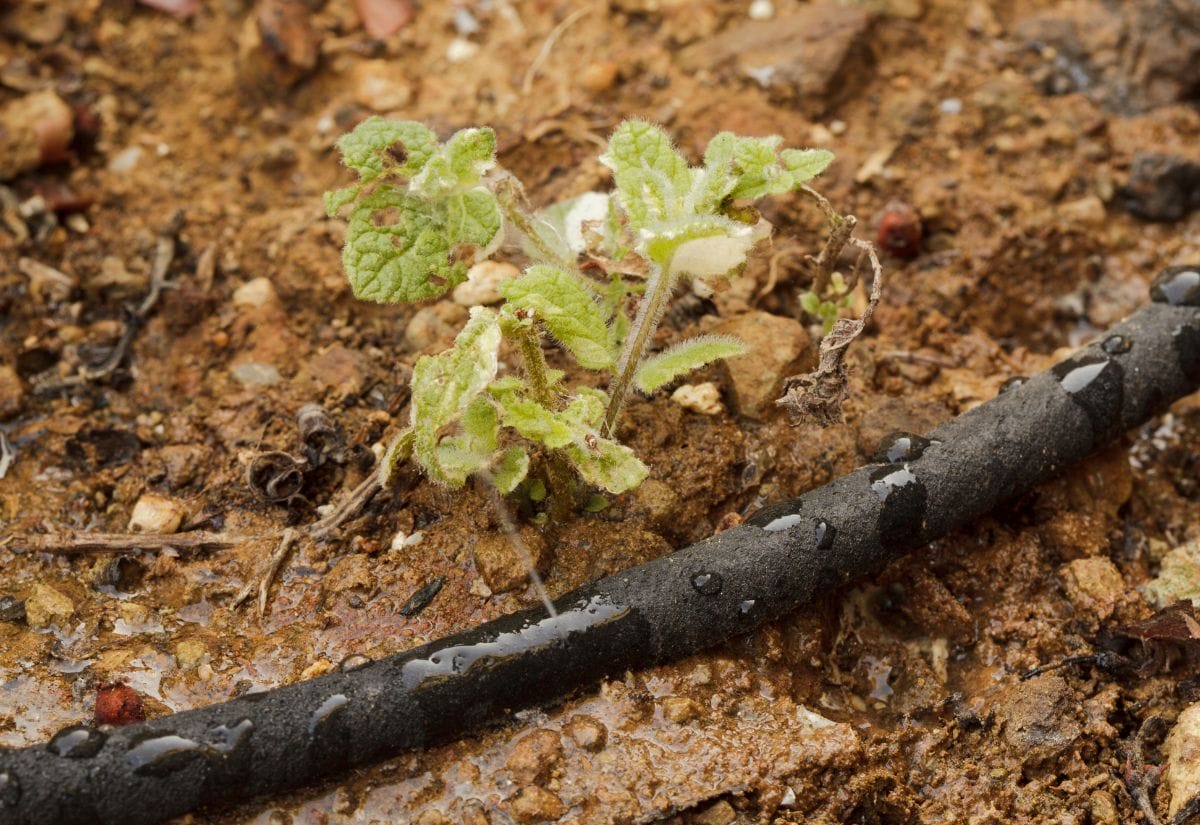
Disposal Tip: Never compost infected plant material unless your compost pile reaches high temperatures. Instead, burn or bag up the leaves to prevent spores from spreading.
Common Powdery Mildew Concerns & Solutions
Pin now, fight powdery mildew naturally all season long!
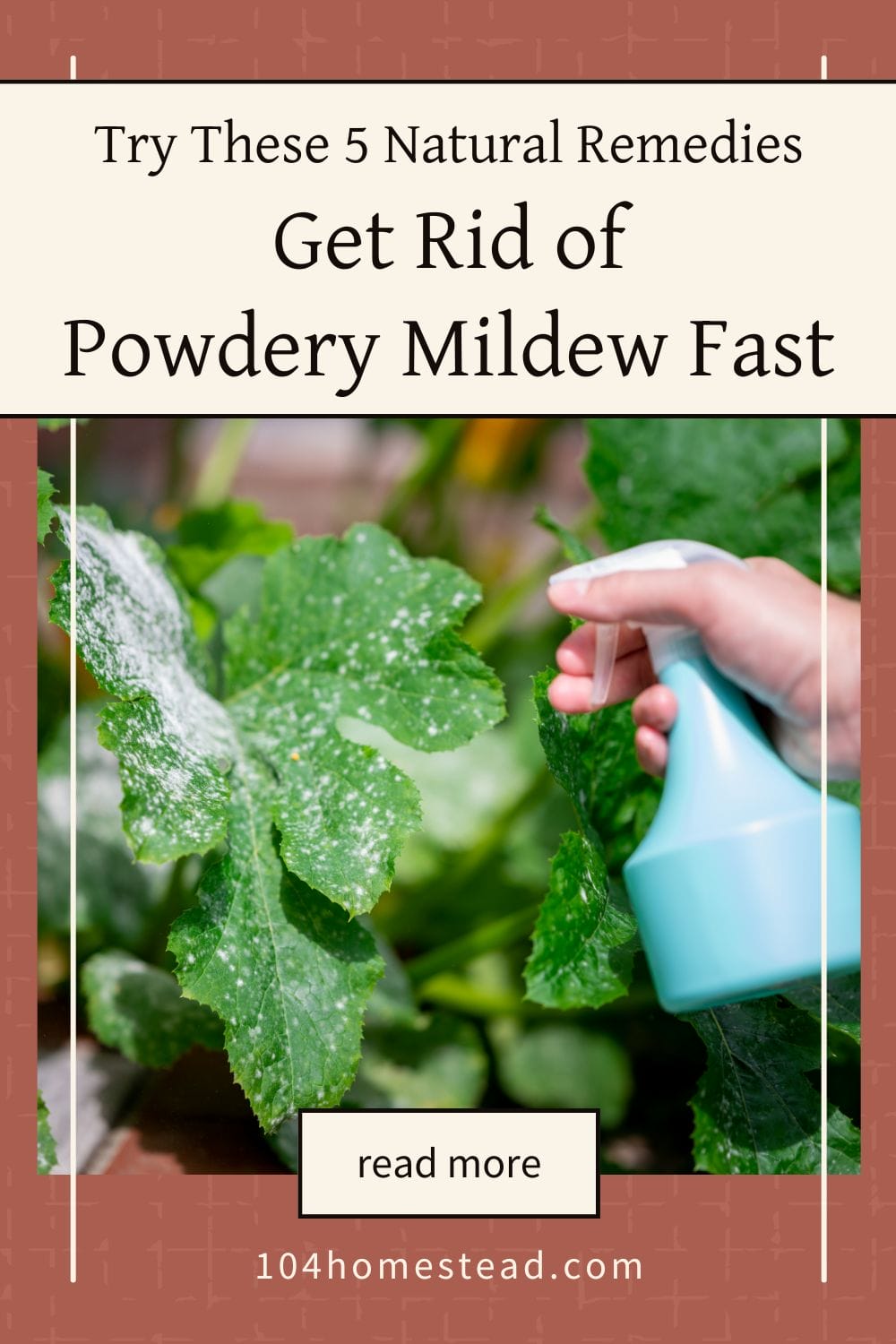
Powdery mildew is a frustrating but manageable garden problem. Whether you opt for baking soda spray, garlic, compost tea, or milk, natural solutions can help keep your plants healthy without resorting to synthetic fungicides. Regular prevention is key, so keep an eye on your garden—especially in humid weather!
Keeping your garden healthy isn’t just about treating problems as they arise—it’s about creating an environment where plants can thrive and resist issues like powdery mildew in the first place. Enriching your soil with natural amendments gives plants the nutrients they need to grow strong, while companion planting with flowers like marigolds can help deter pests and improve overall plant health. If you’re looking for even more ways to support your garden naturally, consider attracting beneficial insects to help keep pest populations in check or even growing some of your own fertilizer right from your grocery scraps.
Have you tried any of these treatments? Do you have a go-to remedy that works best for you? Drop a comment below—I’d love to hear about your experience!





I am wondering if low Ph soil plays a role in the growth of powdery mildew. I am talking about composted leaves which I use a lot in my garden.
When I first started the garden it wasn’t such a problem.
Did you know. A light dusting of Gold Bond foot powder helps. VIning plants veggies against powdery mildew and it also helps keep bad critters away.
Thank you! I’m pinning this for use later …when I finally have a garden at The Shack.
Thank you! I love all of these actionable, cheap and organic ideas for getting rid of this plague in my garden. Our powdery mildew problem is getting so bad even our driveway weeds are getting it! I will be using some or all of these strategies this year.
Let me know how it works for you!
I have tried milk more than once on my squash. It works!!
This is just what I needed to read today. I have a black currant patch that gets powdery mildew every year. It’s never fruited because it dies back from the effects of the mildew. So far this year it hasn’t succombed. So I’m going to go out there this morning and use the milk treatment — I happen to have some extra quarts of raw goat’s milk in the fridge.
I wonder if kefir would work better than plain milk?